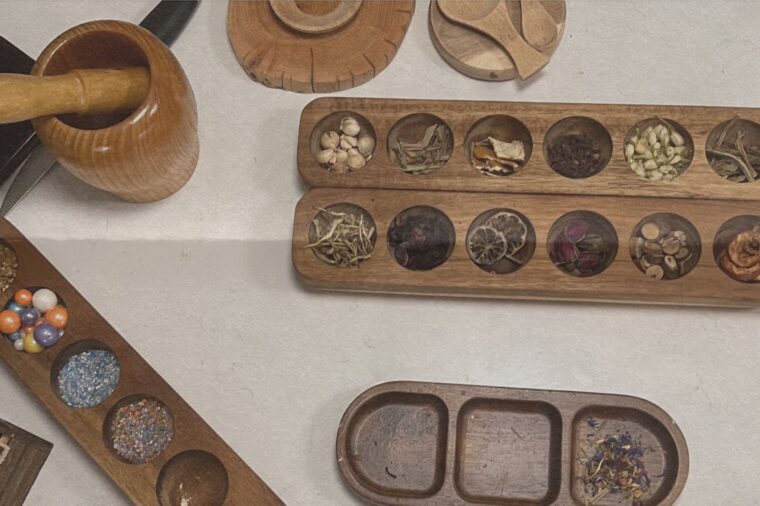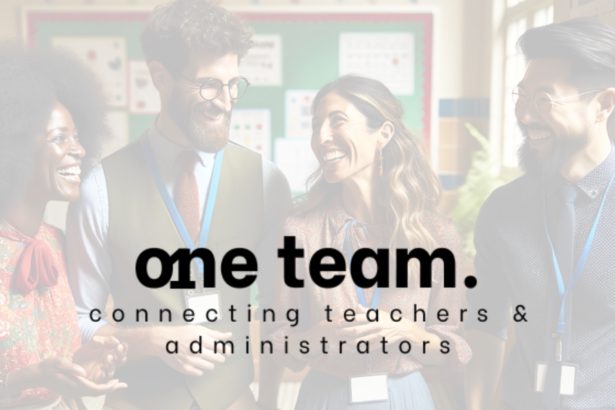In this project, I use food as an artistic and educational medium to create art learning experiences for people with all kinds of abilities. Especially food and art as an innovative, non-verbal medium for sensory exploration promotes self-expression and social connection for children with developmental disabilities.
The core motivation behind this project stems from the profound experience of supporting my sister, Sansan, who has Down Syndrome. I witnessed firsthand the power of food and art in fostering connection, emotional expression, and joy. For individuals with developmental disabilities, complex emotional well-being is often overlooked, yet it is critical for holistic development.
In the years since my sister’s arrival, my family and I have always strived to ensure she enjoys life as fully as others do. Though she may appear different to many, her sincerity and overflowing love are incomparable treasures. As we both grew, I found solace in the courageous affection she showed me — many would assume she needed protection, but in truth, she often stepped up for me.
Through this journey, I realized a larger issue: most education systems and programs prioritize intellectual development, often overlooking emotional growth. However, emotional capacity is equally critical, profoundly influencing one’s ability to navigate relationships, handle challenges, and find fulfillment.
I developed 10 signature workshops
- Taste of Memory
- Taste of Emotions
- Taste of Personality
- Taste of Music
- Taste of Identity
- Flavor of Impressionism
- Flavor of Ancient Egypt Art
- Flavor of Chinese Literati painting
- Flavor fo Abstract Expressionism
- Flavor of Japanese Wood Print
I’m also working towards establishing a business around this idea called ArtEats:
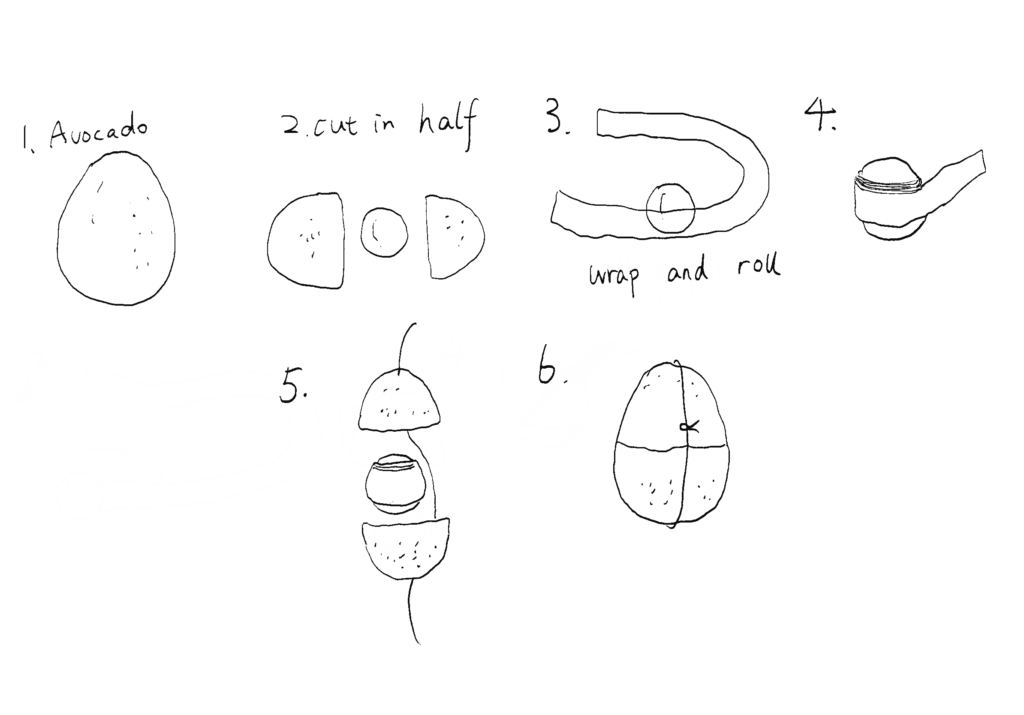
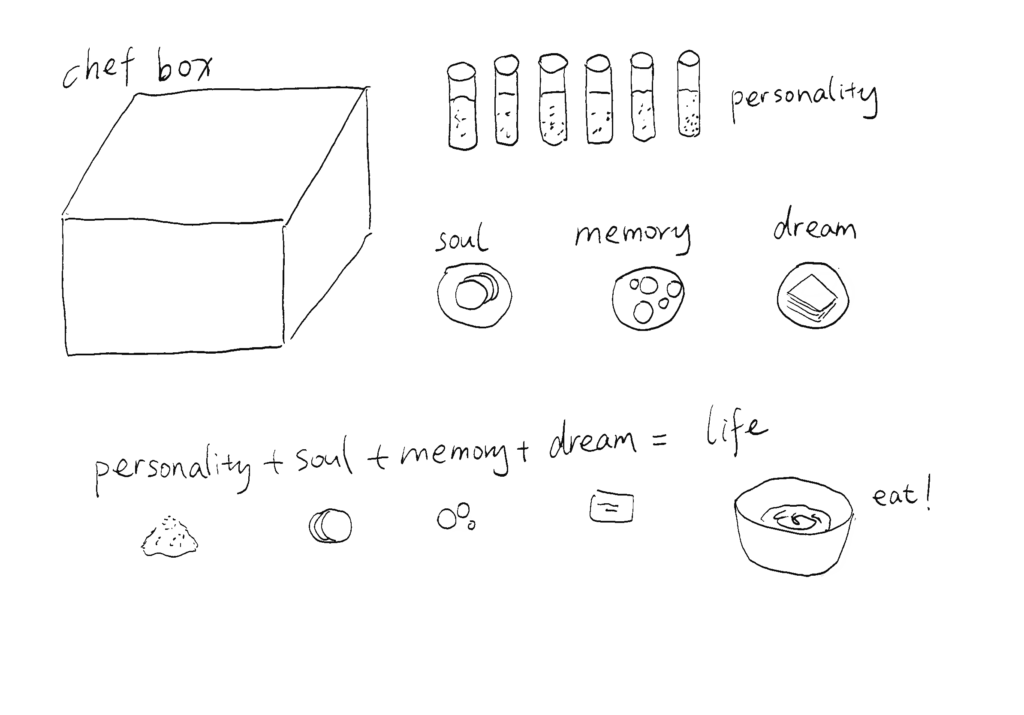

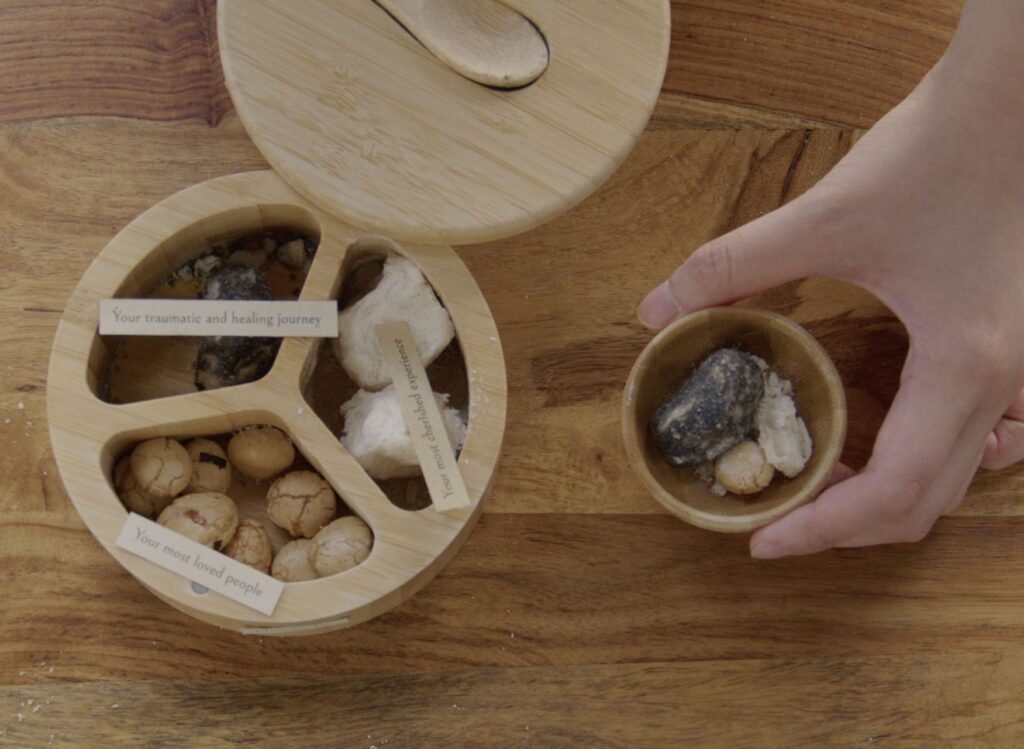
Engaging participants in this universal language, food, invites them to explore art holistically, fostering understanding and empathy. This approach not only challenges isolating perceptions but also promotes a unified society that values everyone’s role in our shared narrative. Through this curriculum, I aim to create positive ripple effects that contribute to a more connected, compassionate, and inclusive world.
I hope this project was created to address this gap. By combining art and food, it cultivates emotional capacity for individuals of all ages—adults, teens, and children—empowering them to articulate emotions, build resilience, and connect with others in meaningful ways.
This unique approach, known as synesthetic learning, allows children with developmental disabilities to explore art through taste, touch, smell, and hearing offering a more accessible means of expression than traditional art materials. Research shows that incorporating sensory-rich experiences can significantly enhance cognitive and emotional development for these children (Agostine, Erickson, & D’Ardenne, 2022).
In our ‘Taste of Memory’ workshop, children are invited to select ingredients from a variety of options that evoke resonant associations with a specific memory. This integration of food and art enables children to connect sensory experiences with emotions that may be difficult to express through traditional educational methods. Research highlights that when children with severe disabilities are provided with multisensory learning opportunities, they show significantly increased engagement and interaction, resulting in more profound learning outcomes and lasting understanding (American Psychological Association, 2022). Additionally, using food as a therapeutic tool activates multiple sensory pathways, reducing anxiety, fostering social connections, and facilitating emotional expression (Wheeler, 2013).
Ideas/Themes for PCE Demonstrated:
- Community Engagement Through Food and Art: ArtEats bridges the gap between art, food, and learning, creating a shared space for community members to connect. This demonstrates how public engagement can leverage universal experiences, like eating and creating, to foster deeper relationships and dialogue.
- Inclusivity and Accessibility: ArtEats intentionally designs its workshops to be accessible for children with developmental challenges, ensuring that diverse populations can participate fully and benefit from the experience. This reflects a core PCE theme of equity and inclusivity in educational design.
- Cultural and Sensory Exploration: The project invites participants to explore culture, history, and personal identity through the lens of multi-sensory experiences. By merging taste, touch, and visual art, it highlights the potential for informal learning spaces to engage learners beyond traditional methods.
- Human-Centered Creativity: ArtEats underscores the importance of emotional and sensory engagement in learning. It promotes personal expression and cognitive development through tactile and experiential activities, fostering creative growth in participants.
- Collaborative Learning and Empathy-Building: By encouraging shared experiences between participants, including family members and community volunteers, ArtEats creates a space for empathy, understanding, and mutual support. This fosters a sense of community and belonging.
What Someone Might Learn About Learning Design I made:
- Designing Multi-Sensory Experiences: ArtEats demonstrates how integrating multiple senses into a learning activity—taste, smell, touch, and sight—can make learning more immersive, memorable, and impactful.
- Leveraging Informal Learning Spaces: ArtEats highlights how informal settings, such as art studios or kitchens, can be powerful venues for experiential learning. It shows that learning can happen outside traditional classrooms in ways that are equally, if not more, effective.
- Addressing Cognitive and Emotional Needs: The project serves as an example of how to design learning activities that consider both cognitive development and emotional well-being, particularly for participants with developmental challenges.
- Iterative Workshop Design: ArtEats reflects how piloting and refining workshop models can help adapt to the specific needs of different communities, ensuring that the learning design is responsive and dynamic.
- Building Community Connections Through Education: The project demonstrates how education can be a tool for fostering relationships and creating shared experiences, emphasizing the role of learning in strengthening community ties.
- Blending Art and Everyday Life: By incorporating food as a medium for artistic expression, ArtEats illustrates the power of connecting art to everyday experiences. This approach can inspire educators to rethink how they use familiar concepts in learning design.
